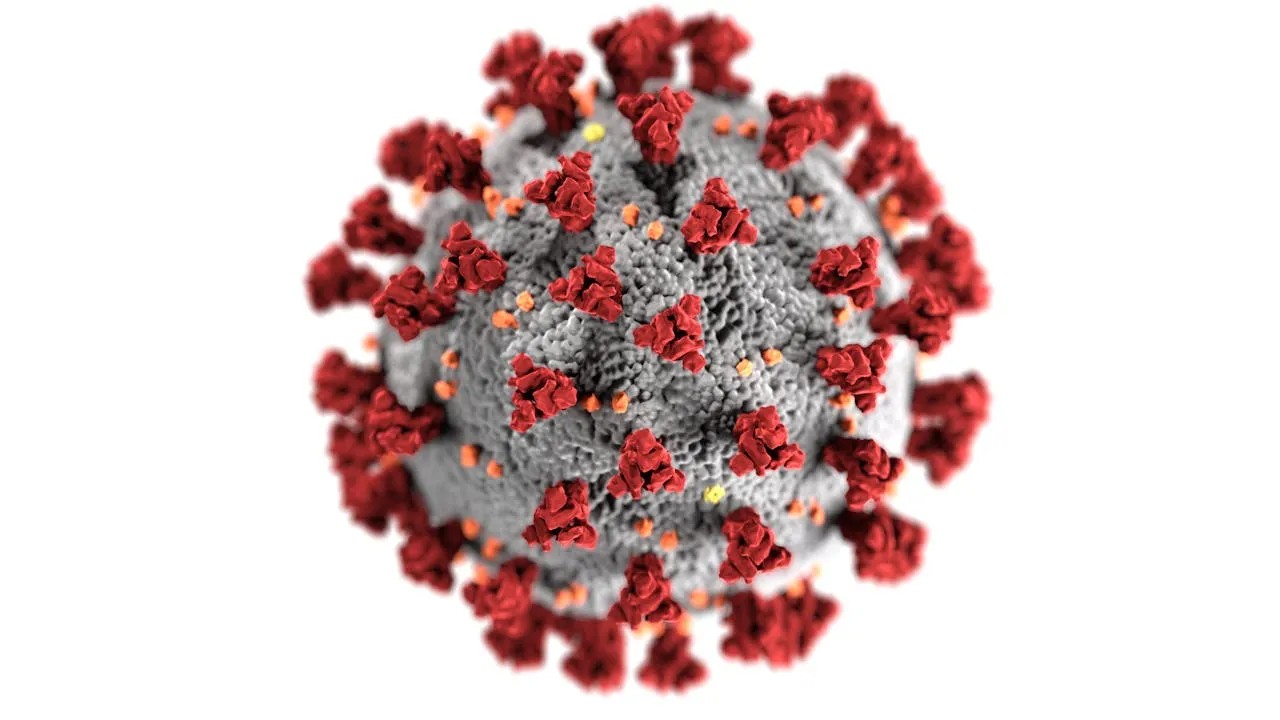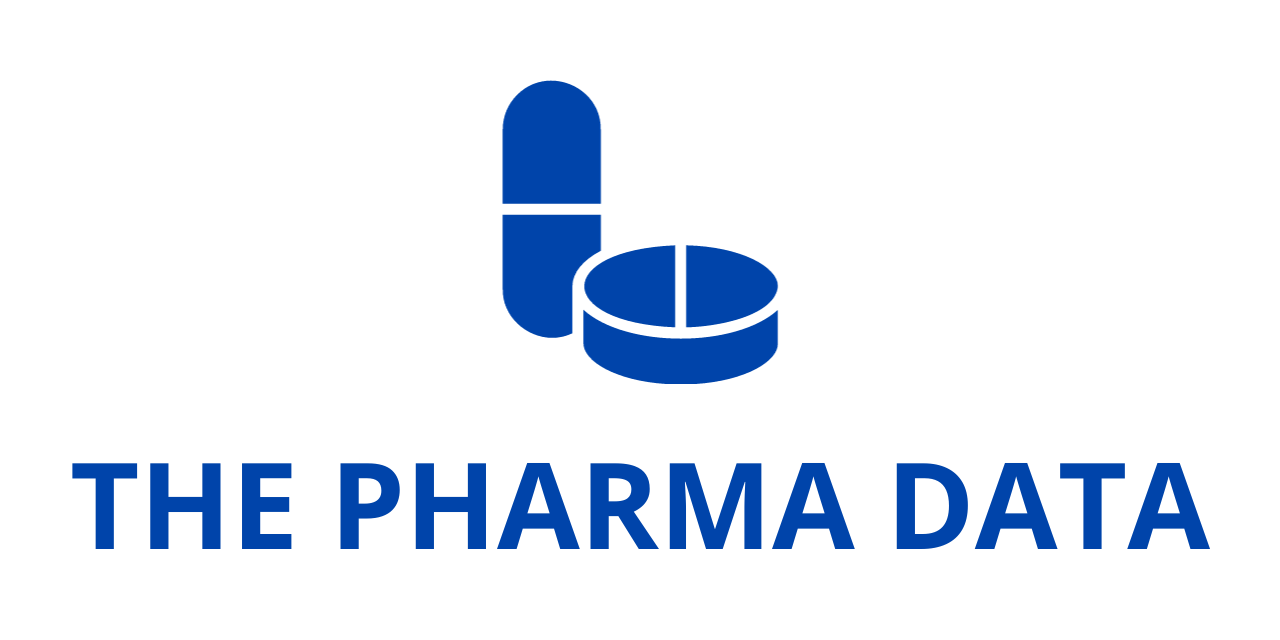
WHO Scientific Advisory Group Releases In-Depth Report on the Origins of COVID-19 Amid Ongoing Calls for Transparency and Global Cooperation
The World Health Organization (WHO) has taken another step forward in the complex and politically sensitive investigation into the origins of the COVID-19 pandemic. On June 28, 2025, the WHO Scientific Advisory Group for the Origins of Novel Pathogens (SAGO), a body composed of 27 independent experts from around the world, published its latest and most comprehensive report to date. The group, made up of virologists, epidemiologists, public health professionals, and biosafety specialists, has been working for over three years to shed light on one of the most pressing questions in modern global health: how did SARS-CoV-2, the virus responsible for COVID-19, first infect humans?
The release of this report marks a significant milestone, but it also underscores the continuing challenges in uncovering definitive answers. Despite years of work, the SAGO panel makes clear that a full evaluation of all possible origin hypotheses remains hindered by a lack of critical data—particularly from early epicenters of the pandemic such as Wuhan, China.
“I thank each of the 27 members of SAGO for dedicating their time and expertise to this very important scientific undertaking over more than three years,” said Dr. Tedros Adhanom Ghebreyesus, Director-General of the WHO. “As things stand, all hypotheses must remain on the table, including zoonotic spillover and lab leak.”
Dr. Tedros emphasized the global imperative for full cooperation and urged China and other countries that may hold relevant information to share their data openly and transparently. His remarks reflect ongoing frustrations from the global health community over the restricted access to raw data, early case records, market inventories, and laboratory biosafety audits that are essential to a comprehensive analysis of the virus’s origin.
Scientific Findings and Leading Hypotheses
The report systematically examines the primary hypotheses that have been debated by scientists and policymakers since early 2020. These include:
- Zoonotic Spillover Hypothesis: The dominant theory remains that SARS-CoV-2 originated in animals and jumped to humans, either directly from bats or via an intermediary species, potentially in a live animal market setting.
- Laboratory Incident Hypothesis: The alternative theory suggests that the virus may have accidentally leaked from a research laboratory, such as the Wuhan Institute of Virology, which was known to be conducting studies on coronaviruses prior to the outbreak.
According to SAGO, the weight of available evidence still leans toward zoonotic spillover. The report states: “The available data suggest that a natural origin through zoonotic transmission remains the most plausible pathway, though all hypotheses require further investigation.”
Despite this conclusion, the report stops short of ruling out the laboratory origin theory entirely. The panel stressed that limited access to critical datasets from Chinese authorities has made it impossible to conduct a definitive evaluation of any theory.
Persistent Gaps in Data and International Access
WHO officials and SAGO members have repeatedly called for transparency from Chinese authorities. The report reiterates that China has not yet shared several key pieces of evidence, including:
- Hundreds of genetic sequences from individuals infected with COVID-19 early in the pandemic.
- Detailed records of animals sold in markets in Wuhan during late 2019 and early 2020.
- Information regarding biosafety practices and research protocols at laboratories conducting work on coronaviruses in Wuhan.
The absence of this data continues to hamper scientific investigations and foster an environment where speculation can thrive in the absence of verified information. SAGO’s report urges all nations, not just China, to commit to the principles of openness and scientific cooperation, especially when dealing with pathogens of pandemic potential.
A Broad, Multisource Investigation
This most recent SAGO report builds on the group’s earlier interim findings, first published on June 9, 2022. The new report incorporates a wider range of information sources, including:
- Peer-reviewed scientific papers
- Non-peer-reviewed preprints
- Field interviews
- Laboratory and governmental audit reports
- Intelligence briefings and public data disclosures
- Discussions with researchers, public health officials, journalists, and academics
Since its inception, SAGO has convened more than 50 times, utilizing virtual and in-person sessions to carry out its work. The group also coordinated with members of the 2021 WHO-China joint study mission, which previously traveled to Wuhan in early 2021 and released its findings in March of that year. That joint mission concluded that a lab origin was “extremely unlikely,” but that assessment was later criticized for lacking sufficient access to data and for its heavy reliance on official Chinese narratives.
A Moral and Scientific Imperative
Dr. Marietjie Venter, Chair of SAGO and a Distinguished Professor and One Health Research Chair in Vaccines and Surveillance at the University of the Witwatersrand in South Africa, emphasized that this endeavor is more than an academic exercise.
“As the report says, this is not solely a scientific endeavour, it is a moral and ethical imperative,” she said. “Understanding the origins of SARS-CoV-2 and how it sparked a pandemic is needed to help prevent future pandemics, save lives and livelihoods, and reduce global suffering.”
This emphasis on ethical responsibility highlights the broader mission of the WHO in building global health security frameworks that transcend borders and political ideologies.
The Genesis and Mandate of SAGO
The creation of SAGO followed a Special Session of the World Health Assembly in late 2020, during which WHO Member States adopted a resolution urging further studies into the origin of SARS-CoV-2. Responding to this call, Dr. Tedros launched the SAGO initiative in July 2021 with two primary objectives:
- To establish a standardized global framework for investigating the origins of emerging and re-emerging pathogens.
- To apply that framework to the specific case of SARS-CoV-2 in order to determine the virus’s origins.
In 2022, SAGO published the proposed framework, designed to serve as a model for future outbreak investigations across a broad spectrum of infectious threats. This framework aims to guide rapid, evidence-based inquiries in future pandemic scenarios by standardizing methodologies and fostering international collaboration.
An Open Door to New Evidence
WHO and SAGO acknowledge that the work is far from complete. Their latest report calls for continued research and vigilance, and for governments, laboratories, and data repositories worldwide to contribute additional evidence that could shed light on the virus’s early transmission dynamics.
Dr. Tedros concluded his statement by reiterating WHO’s standing invitation: “We welcome any further evidence on the origins of COVID-19, and SAGO remains committed to reviewing any new information should it become available.”
The WHO’s persistence reflects the ongoing global commitment to unravel the origins of one of the most devastating pandemics in history—not only to resolve a lingering scientific question but to better prepare for the next inevitable outbreak.
A Global Challenge Demanding Global Cooperation
The publication of SAGO’s latest report represents both scientific progress and a sobering reminder of how political obstacles can stymie even the most rigorous inquiries. Understanding the origin of COVID-19 remains one of the most important—and elusive—questions in modern science. The path to answers lies in trust, transparency, and the shared global interest in preventing future pandemics.
Until nations unite in the spirit of full cooperation and scientific openness, the true origin of SARS-CoV-2 may remain obscured in uncertainty. But the WHO, SAGO, and the broader scientific community remain steadfast in their mission to uncover the truth—however long it may take.




